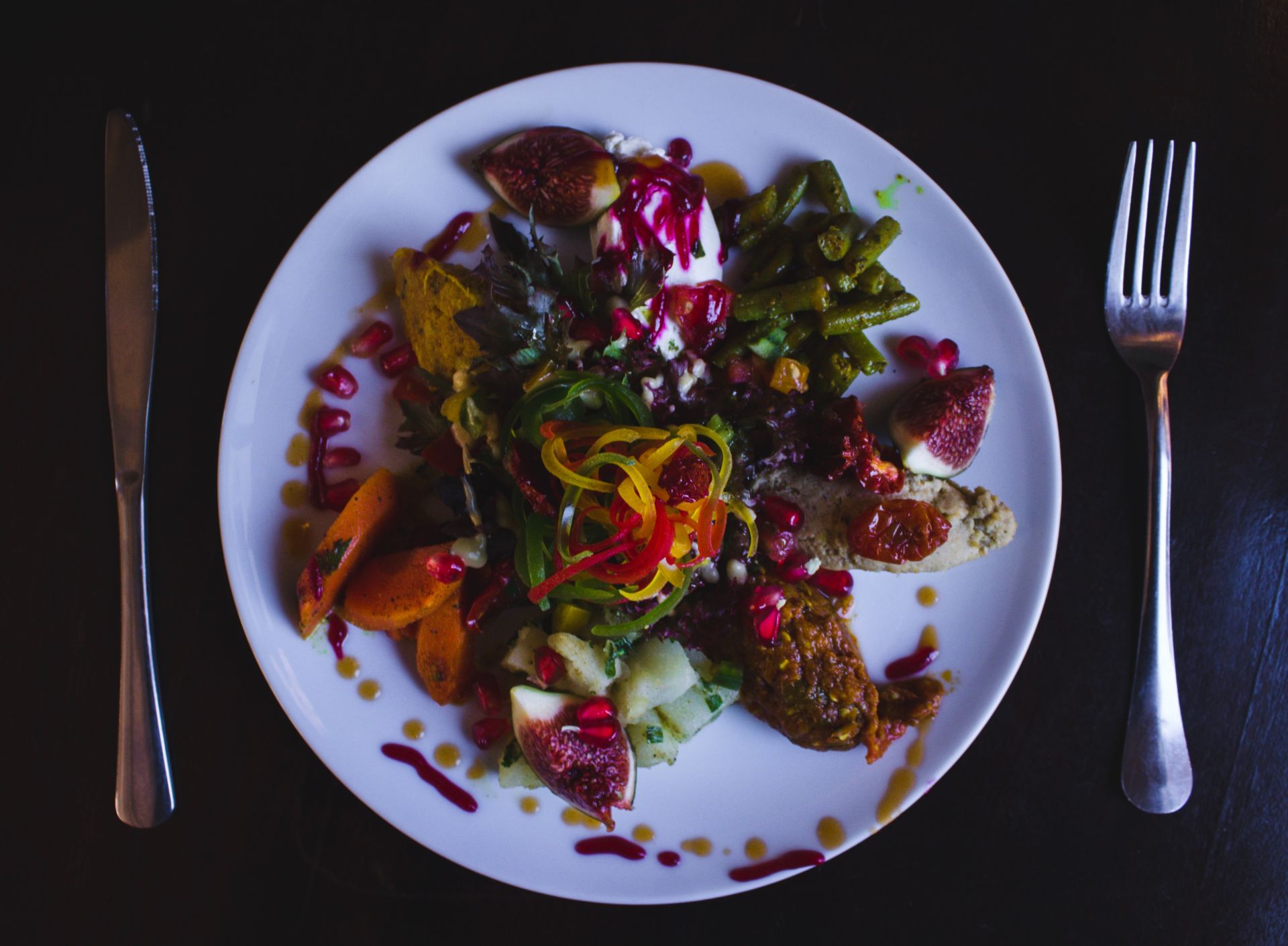Humans have been sharing food for a very long time. Food has been bringing people together as along as we can remember, and is an important symbol for almost all countries and cultures. The term gastrodiplomacy has emerged from this background: food brings people together, and good food makes everything better.
Although gastrodiplomacy is not extensively applied, and still lacks many significant cuisines from around the world, there is a body of literature that helps create a base for this discussion. Gastrodiplomacy refers to a set of practices that have a defined goal, strategy, and budget within a country’s public and cultural diplomacy efforts. And its aim is to promote that country’s culinary culture and foster international influence in the process. It is a method of cultural diplomacy, and has the strong potential for fostering relations since food is such a central part of our lives. Whenever we visit a foreign country, the first thing we look for is the local cuisine. Whenever two people meet for the first time, and especially if they are from different parts of the world, food is naturally one of the go to topics. What better way to promote culture in the most humane way possible? However, when we look at the efforts of various cultural organizations in their dealings with food promotion and culinary culture, and the scholarly literature around the issue, it seems that there are many opportunities still to be made use of.
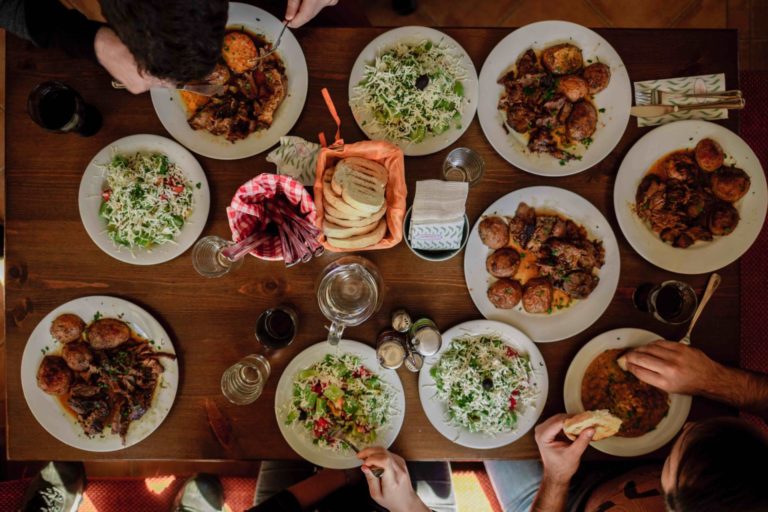
Gastrodiplomacy has gained some attention and its practice has spread around the world, particularly in the last decade. Various terms, such as food or culinary diplomacy, are sometimes used interchangeably. However, some scholars state that these might refer to different things. For instance, while gastrodiplomacy is the actual effort to use food culture to foster diplomatic connections, food or culinary diplomacy may refer to sending food to regions in need owing to a disaster or famine. So the concepts could very easily get interlaced with one another, meaning one thing today, and another thing tomorrow. However, it’s clear that food is a central part of social life, and a significant point of bonding for peoples from different cultures. Contemporary cultural diplomacy studies suggest that every person can be considered a cultural diplomat when they travel to some other place and interact with another person. While it would be wise to remember that all diplomatic efforts — be it gastro, sports or music diplomacy — have political undertones and a long term benefit agenda for the country conducting it, it is still a non-negligible fact that cultural organizations and countries are obliged to make use of their food cultures more effectively in order to foster efficient relationships.
[B]ut also how, where and why we eat a certain dish in the first place along with the narrative behind it.
This brings us to the gastrodiplomacy efforrts around the world. Some very significant projects for promoting indigenous food have emerged from South Korea, Japan, Thailand, and Malaysia over the past decade. South Korea created its name in gastrodiplomacy with its Kimchi Diplomacy project — and the project was so successful that UNESCO added the tradition of making kimchi, called Kimjang, to the list of intangible cultural heritages of humanity. While listening to a podcast on Kimchi diplomacy, I learned how Korean soldiers in Vietnam War yearned for some kimchi and the Korean government sent them some. I also learned that within this project, they wrote songs for kimchi in English, describing what a delicious and sweet food it is. Japan’s culinary promotion, on the other hand, has been going on for more than two decades. The Japanese government and the Japanese culinary establishments have undertaken quite large-scale projects worldwide, and also within Japan. Japanese cuisine has already spread throughout the world, so why engage in gastrodiplomacy with specific reference to its history? Because when food is tasted with its story, it creates a whole new level of understanding. Not only the actual nutrition and digestion of the food, but also how, where and why we eat a certain dish in the first place along with the narrative behind it.
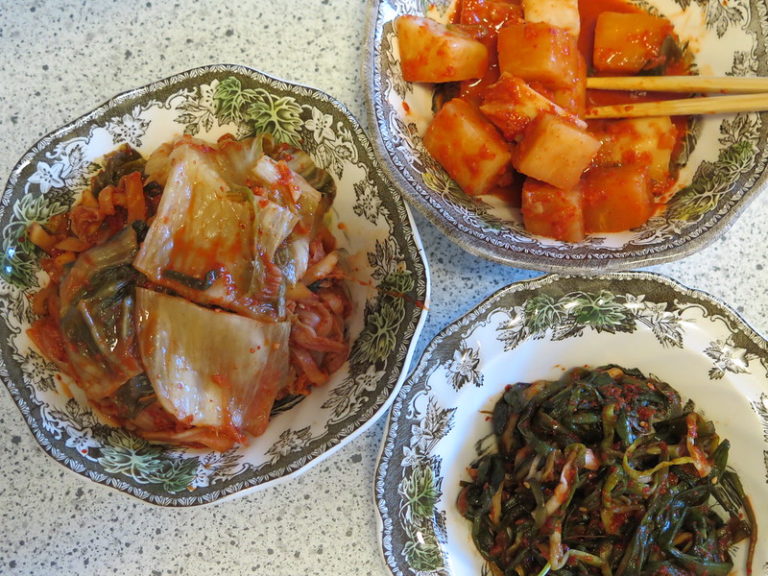
Gastrodiplomacy does not always refer to the act of promoting one food culture in another country through the channel of cultural organisations. Meetings between world leaders and political summits can also create environments ripe for gastrodiplomacy. In official visits between the world leaders, there are usually elaborate kitchen negotiation processes about what to serve the visiting party. A very prominent example of this was the kitchen diplomacy David Cameron experienced when he went on a tour of European leaders in 2015. The purpose of these visits was to renegotiate Britain’s membership in the EU before holding a referendum (which was in the planning process at the time). In less than 48 hours, Cameron visited four capitals and ate more than a dozen meals, most of which were prepared with sweet ingredients such as strawberries and ice cream. When it is an official visit, the food that is served is never coincidental, and using mostly sweet food might have promoted positive feelings among the parties.
It is possible to bring forth more examples of successful gastrodiplomacy efforts from around the world. A very recent example comes from Turkey, a country rich with its variety of food, which speaks to many different tastes. A combination of Mediterranean and Persian-Arabic cuisines in its different regions, Turkish food has an international reputation. People from Turkey would find the following scenario very familiar: whenever a Turk meets someone from another country, the first topic of conversation is usually Turkish food. Apart from the famous Turkish delight and coffee, Turkish cuisine has so much to offer to the world, and it must be of paramount importance for all state or non-state organisations seeking to strengthen their public diplomacy gains.
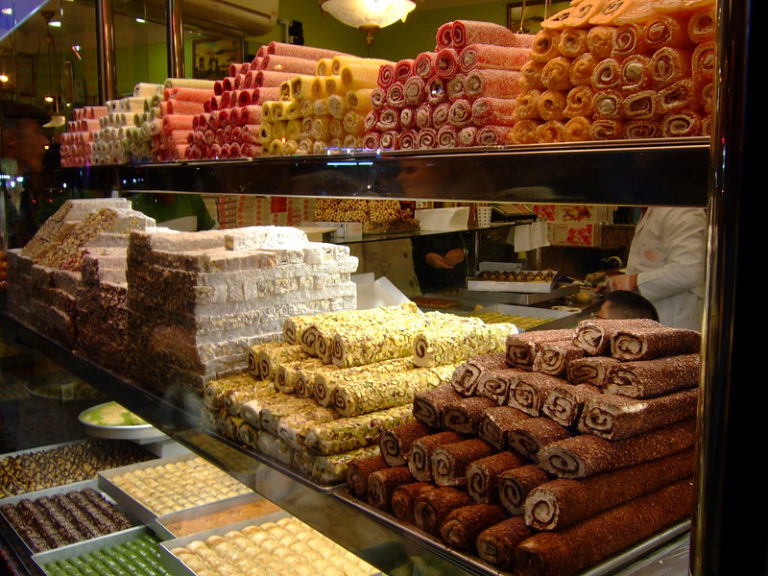
Turkish cultural organisations have been promoting their cuisines for some time. However, there is a recent established enterprise called “A Pinch of Anatolia.” This project is organised by the Turkish cultural institute, Yunus Emre Institute, and it has already received very good feedback and response from wherever it goes. In collaboration with the prominent Turkish chef, food critic, and traveller Omur Akkor, the institute started this exquisite culinary journey to 13,000 years of food history of Anatolia. On Omur’s recent visit to London he brought along many Turkish food stories, met up with other prominent chefs from London, and spoke at King’s College about the very long journey of food. As a chef based in Turkey, he is very interested in the Ottoman cuisine as well, and he stated in his speech: “The kitchen was such a central part of the Ottoman empire, and the structure of creating food so elaborate, we could even talk about an Ottoman culinary empire.”
A Pinch of Anatolia aims to take us on a culinary journey across 13,000 years of food history in Anatolia. Within the scope of the project are supper clubs, informative talks on food history, and food workshops. The purpose is to introduce Turkish cuisine and its rich history to audiences abroad, in the hope of forging more people-to-people alliances. Along with being a professional chef, Akkor cares about kitchen diplomacy and he invited everyone to join him in this journey.
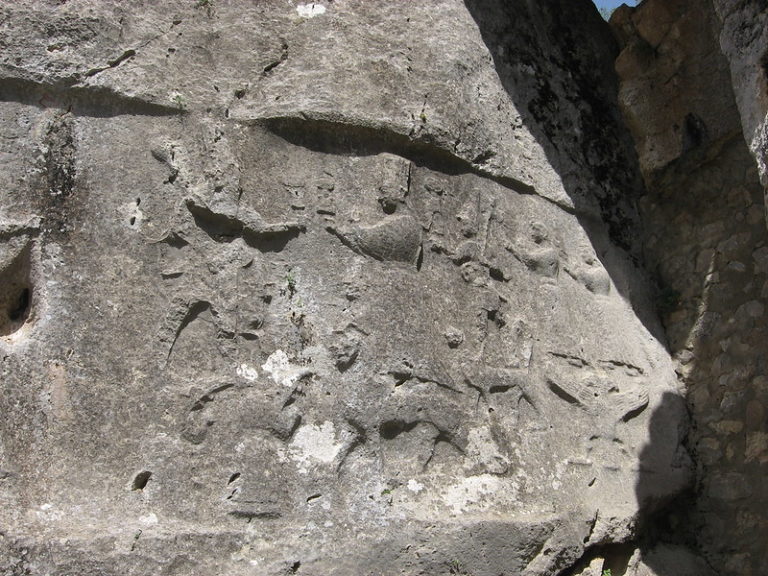
Akkor’s more recent area of interest relates to the heart of Anatolian history: the Hittite period. A civilization that was founded and nurtured in Anatolia, Hittites have many remains within the borders of Turkey — be it physical historical remnants, or food culture. The on-going excavation in Turkey about the Hittites era, a process in which Akkor personally takes part, has revealed more about Hittites’ kitchen rules. In his talk at King’s College, Akkor pointed out that Hittites actually had ovens: they also had more than 160 different types of pastries (even more than what Turkish cuisine has today). Learning these makes one think about the following: 13,000 years ago, in the land that we now call Republic of Turkey, Hittites developed their own kitchen rules and they most probably had very detailed kitchen negotiations when they were hosting their visitors. This feeling, this realisation, is what gastrodiplomacy endeavours to create. Akkor ended his talk by saying, “there is not one conflict that cannot be resolved by two people having a good meal that speaks to them.” In our world full of conflict this might seem a bit unrealistic, funny even; however, it is good to keep in mind that this is a task not only for the governments, but also for us, the people, in our encounters with people from different cultures.
Back to the task of the governments. As I previously suggested, Turkey has rich variety in its cuisine, but the country needs improve its utilisation of this rich cultural heritage. This new project shows that there is enterprise and will to promote Turkish cuisine around the world, and Turkish cultural institutions should make food a priority. There are yearly food festivals organised in Turkey, specifically in the Eastern part of the country. Turkish government’s initiatives should make more international contribution and participation possible in these events. And the Turkish cultural institute, Yunus Emre Institute, should develop a quick and effective food promotion agenda, to show the value of food and communication to a wider audience.


